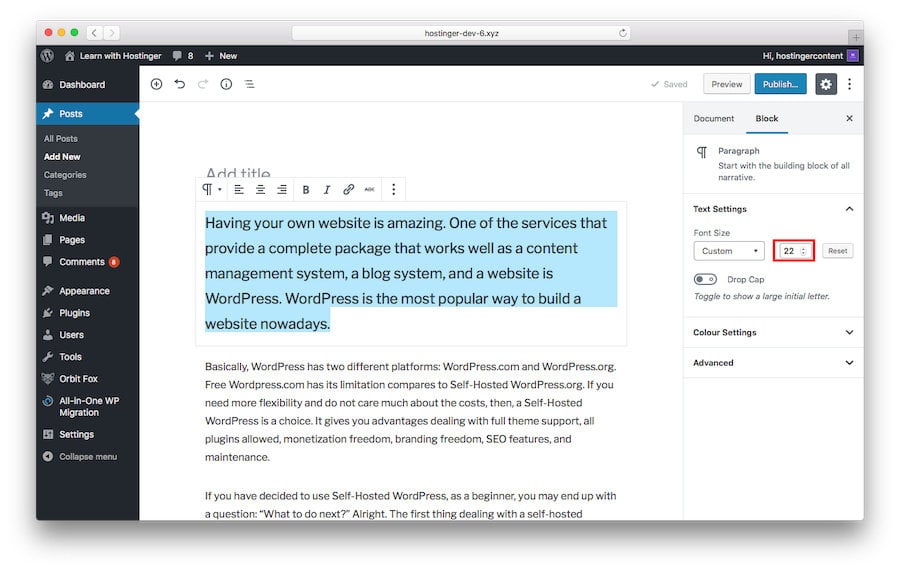
As long as the touch icons are uploaded to the root folder of the website, Apple will know to look for them there, however, other operating systems also use these icons - even Android! It’s better to define them in the.
#Css icon resize formatting how to#
Note: anything “retina” and earlier will resize the default 120px icon since no sizes attribute was specified.įor more information on touch icons, see Apple’s official documentation, which also explains how to remove the status bar, add a custom app title, and even a launch screen for your web-app.ĭo you actually need to declare these HTML tags in the ? No. 167×167: iPad Retina touch icon (change for iOS 10: up from 152×152, not in action.Here’s an updated breakdown of the sizes ( px) required: It really comes down to what you want too create support for - this is the HTML5 syntax for displaying favicons: Īpple iOS has a feature called “Add to Home Screen”, which basically makes your mobile website look like an app (it hides the browsers’ address bar and everything) the Apple touch icon offers a device-specific app icon for this makeshift app. 96x96: desktop shortcut icon (and Google TV).png.īut which favicon standard sizes and dimensions ( px) do we need to support? ico format anymore (even though browsers do support. Since the introduction of the sizes attributes in HTML5, we don’t have to compress the. png files at a range of different sizes (because favicons, even back then, were also used for desktop shortcut icons). Woah, that was a lot to take in, right? Let's run through favicon sizes and touch icons, and I’ll explain which devices use which icons, and at which size they require those icons to be.īack in the day, we used a little file called a favicon.ico, and this.

In all of these, especially in the bookmarks and histoty tabs, that consist of lists of URLs all looking the same, the favicon makes it faster to find that web-site you're looking for.

Favicons also add to overall branding consistency and their absence might be seen as unprofessional.įavicons are used in browser tabs, browser history, toolbar apps, bookmarks dropdown, search bar, and search bar recommendations. Why do you need a favicon? Users will remember and recognoize it, they would find a tab with your favicon among other tabs faster, scanning, as we all do, and not loosing time trying to read the tab name. Favicons have long existed on the web, but since many websites are intended as web- apps these days, it’s commonplace to design app icons (known as touch icons) even for websites, and because device resolution varies on every browser and from device to device, those icons should come in a variety of sizes, so you can hand off the whole package of them to your development team. What is a favicon? It is the little icon that appear next to the webpage title in a browser tab.


 0 kommentar(er)
0 kommentar(er)
